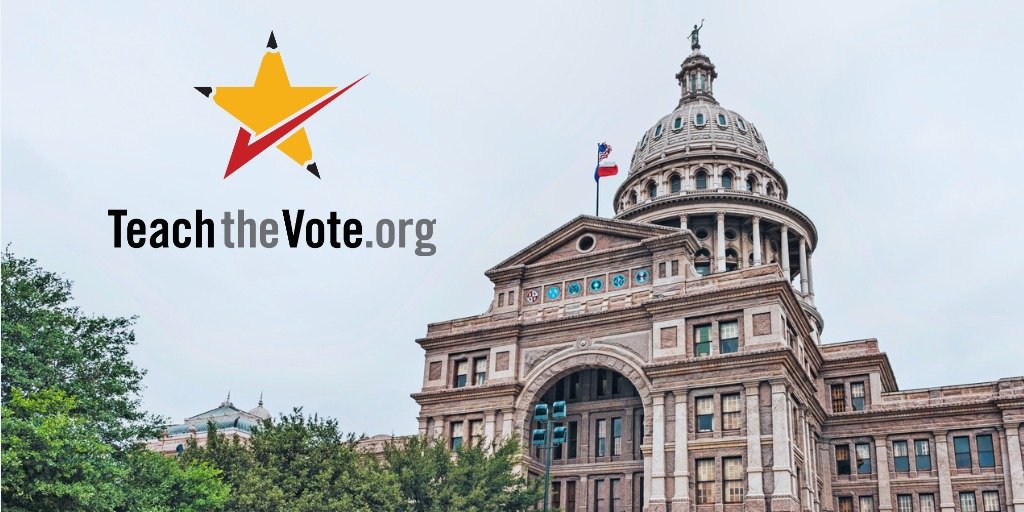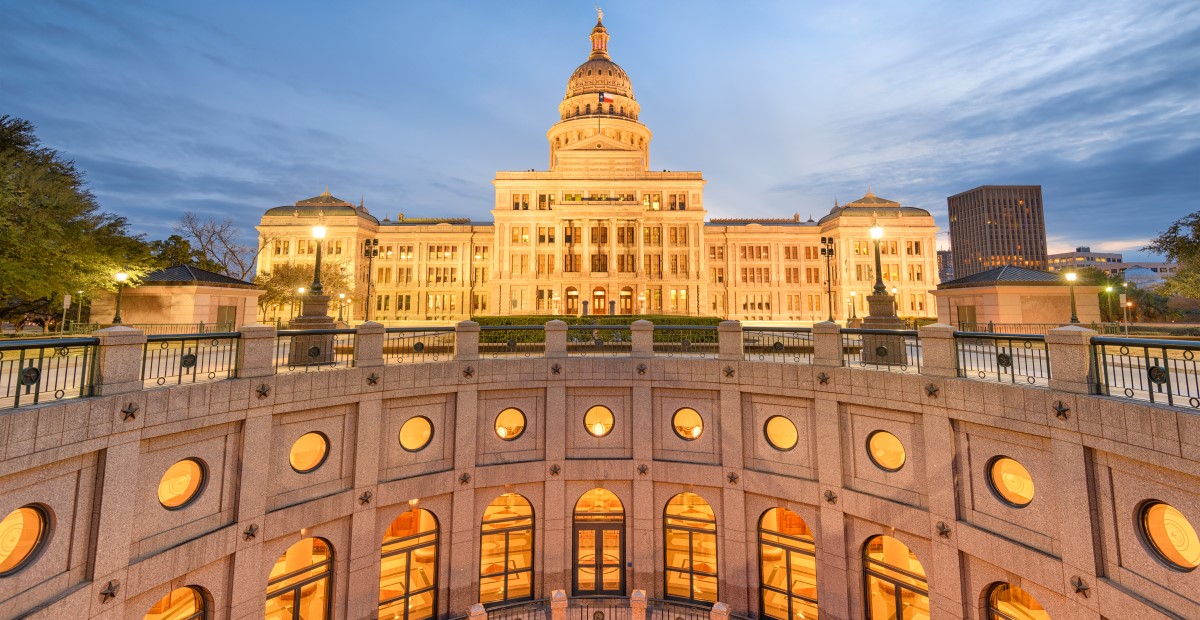From The Texas Tribune: Draft documents show Texas planning few mandatory safety measures when public schools reopen in fall

COVID-19 TEA | Commissioner | SBOE School Safety
Date Posted: 6/23/2020

Students gather in an auditorium before class. Photo credit: Miguel Gutierrez Jr./The Texas Tribune
Texas education officials are envisioning a largely hands-off approach to helping school districts bring students back to campus this fall, imposing few mandatory safety precautions but recommending staff and students wear masks, hand sanitize regularly and stay six feet away from each other, according to draft documents found on the Texas Education Agency's website Tuesday.
"Consistently implementing recommendations to the extent feasible is the best way to reduce the potential negative impact of infection on students’ educational experiences," the draft document reads.
The light-handed oversight role parallels the state's overall approach to the coronavirus pandemic under Gov. Greg Abbott, with local officials, parents and students expected to devise their own strategies for protecting their health.
Abbott told state lawmakers last week that schools would open for in-person instruction in the fall, but gave few details. State education officials are expected to detail their approach for the upcoming academic year in a briefing with superintendents Tuesday afternoon.
Separate draft attendance guidelines found on the TEA's website Tuesday said school districts will be required to offer on-campus instruction for students who want to return to schools, but the state will also count students taking virtual classes in the attendance figures use to determine state funding. Districts can choose to provide live virtual instruction or instruction that is not delivered in real time, including prerecorded video lessons or paper assignments.
State funding is typically based on classroom attendance, and many districts feared they might see dramatic drops in state money with parents saying they will not feel comfortable sending their children to school in person, especially as cases continue to rise in Texas.
Many of the public health guidelines in the TEA's draft document are suggestions and not mandates for how school districts can keep communities safe during the coronavirus pandemic. According to the draft, Texas will require school districts to publicly post a summary of their plans to prevent the spread of COVID-19, based on the guidance, though the plans are not subject to government approval. And school districts are required to separate students who show COVID-19 symptoms at school until they can be picked up by a guardian, and clean the areas used by anyone potentially infected.
Reopening schools is a large part of Abbott's plan to jumpstart the economy, as Texans returning to their workplaces seek safe places to leave their children. But since Abbott first allowed businesses to reopen, the number of new cases and Texans hospitalized have reached record heights.
Abbott has urged Texans to wear masks and stay socially distanced, but has declined to issue a statewide requirement or shut businesses down again. He told lawmakers last week that masks and testing would not be required in schools in the fall.
According to the draft guidance, school districts should require staff and students to "self-screen" for COVID-19 symptoms, including taking their own temperatures, before coming to school each day. And school leaders should ask students at the beginning of each week whether they have symptoms of COVID-19 or have had close contact with someone who tested positive.
"Regularly performing a forehead temperature check of otherwise asymptomatic students in school is not recommended, but the practice is also not prohibited by this guidance," the draft document states.
Some school districts, especially larger ones in urban and suburban Texas, have already decided to offer "hybrid" programs, teaching some students in person and some remotely.
The draft document said Texas would continue to fund school districts serving students remotely. School districts providing live virtual instruction to students must track how many students are engaged each day, and will not receive funding for students who do not participate remotely.
According to the draft document, those that choose to offer remote instruction through worksheets and prerecorded videos must first get state approval of their instructional plans. They must track students' daily progress through their interactions with their teachers or completion of assignments. Districts can also choose to offer a combination of both types of remote instruction, to meet more students' needs.
This year, school districts scrambled to get computers and hotspots out to the students who needed it most and lost track of thousands of students, including the most vulnerable. Texas required districts to sign a form saying they were providing remote instruction in order to continue receiving funding — much less stringent than the plan in the draft guidance.
Reference
Draft attendance and enrollment guidelines from the Texas Education Agency.This article originally appeared in The Texas Tribune at https://www.texastribune.org/2020/06/23/texas-planning-few-mandatory-safety-measures-when-schools-reopen-draft/.
CONVERSATION
RECOMMENDED FOR YOU

Congress | Federal, COVID-19, Curriculum | Instruction, Educator Compensation | Benefits, Educator Preparation | Certification, Elections, School Finance, School Safety, Testing | Accountability, Texas Legislature
08/04/2023
Teach the Vote’s Week in Review: Aug. 4, 2023
ATPE weighs in on current political climate for education in Houston Chronicle story—plus, a look at federal ed prep and special education developments.

12/19/2025
Teach the Vote’s Week in Review: Dec. 19, 2025
Happy Holidays from ATPE! The ACLU of Texas is challenging SB 12 in federal court, and ATPE has distributed candidate surveys to those running for statewide, legislative, and SBOE seats.

12/18/2025
Gov. Abbott’s property tax promise and the split in the Texas GOP
Property taxes aren’t just a political talking point. They’re the main revenue source for vital local services, including police, fire, and public education.

